Google, Microsoft, Amazon, Apple, Facebook, Twitter, Netflix. I’m sure you’re aware of them all, even if you’re not a customer.
They are all hugely successful companies, but which is the biggest company in the world?
According to the Investopedia website it is Apple, which has a market cap of $2.65 trillion dollars.
You may be inclined to think that huge multinational companies with oodles of cash are a thing only of our modern world. I mean, globalisation, selling via the internet and of course flying of goods all over the globe.
Surely without all that it would make it impossible that a company from history could possibly have even come close to global business power compared to today’s modern giants?
Ah, but you’d be wrong.
In fact, there is one company from history that in sheer size and power beats all of the above modern success stories. Even Apple.
And it wasn’t an American company. In fact, when this company started up, the US didn’t even exist as a country.
Who was this mega giant? It was a British company, and it became the world’s most powerful monopoly.
It went by the name of The East India Company.
The East India Company (EIC) was born by Royal charter, over 400 years ago, on December 31 1600.
I’ve read numerous figures and calculations, but it’s generally accepted that by today’s standards the value of the East India Company would be worth trillions upon trillions of dollars.
In fact, it would dwarf the likes of Amazon, Microsoft, Apple and Facebook – all combined. Now, that’s impressive.
The East India Company started out merely as a trading firm but quickly got involved in politics. Some say it was basically an agent of the British state, and aggressively promoted imperialism in India in the 1800s.
At its height, it not only traded goods, but controlled large swathes of India and had huge military power, for it even had its own army.
According to the website history.com, the EIC had a private army of some 260,000 men. This was twice the size of the entire British Army. Mind-boggling really.
To put it into a modern perspective, it would be like a British oil company drilling for oil today off the coast of, say, Denmark, taking over Copenhagen, sending in its own private army and putting their own people in positions of power in local politics.
Unthinkable, but it’s what the EIC did.
Without the immense power, wealth and influence the company had, it has been said that without them, there would have been no Imperial British Raj in India.
The EIC was way more than a trading company, it was a de facto state, a government, an emperor.
No doubt most of its profit came from imperialism. But this is not a column on the rights or wrongs of imperialism. I’ve written about that previously, ie should we apologise for our colonial past?
Anyway, back to trading. From what I can gather, the company was established in order to get involved in the very lucrative spice trade, which up until 1600 had been monopolised by the Spanish and Portuguese.
One of its most sought-after goods was saltpetre, which was a key ingredient in gunpowder, and it also got stuck right into the cotton, silk, tea, sugar and opium trades.
Consumerism is seen by many as a scourge of our modern world. Just look at the impact it currently has on our environment. But the fact is, it all started hundreds of years ago with the EIC.
No doubt the EIC was ruthlessly successful in business. We live, thankfully, in a very different world today, and by today’s standards and ethics, I don’t think it wrong to say that the EIC had no morals or scruples whatsoever.
It didn’t simply “trade”, it exploited all over India, China and Persia.
And of course, it’s no surprise to know that the EIC was heavily involved in the appalling but highly lucrative slave trade. It trafficked slaves from West and East Africa from the early 1620s, only ending this vile practice in 1834 after intense pressure was put on it by the British government and the Royal Navy, whose task was to seek and find ships involved in this now illegal trade.
It was also, over the centuries, involved in direct confrontation with its arch rival, the Dutch East India company. They fought four wars against each other over trading rights.
It seems like nothing could go wrong for the EIC and that it would continue to grow and dominate. It had it made. However, nothing lasts forever…
So why, then, did this colossal empire of a company fail? Because fail it most certainly did.
In 1757, the EIC was given control over Bengal in India, and being so powerful its shareholders managed to influence British politicians and thus British policy in Bengal.
But it became too big for its boots for want of a better phrase, and the British government, through the India Act of 1784, curbed its power by taking back control regarding political policy. A major blow indeed to the EIC.
It seems madness to me that any company whose only objective is to make money should have so much political clout. Actually, on researching this company and its history, I’m staggered by the sheer power it once was. It really was the world’s most powerful monopoly.
And it made untold riches for its investors and shareholders.
Did they all pay their fair share of corporation tax? Hmm, I guess we’ll never know.
I wonder if the EIC was any kind of inspiration for today’s mega online and social media giants? Just look at the power they have today. Makes you think.
The EIC then lost its commercial monopoly in 1813, but kept going, getting involved smuggling opium into China in exchange for tea. The Chinese government, who had banned opium, eventually fought back and this led to the Opium War of 1840.
The British government sent war ships and “we” finally defeated the Chinese, gaining Hong Kong in the process.
Back home, reforms and new thinking meant it was game over for the EIC. We finally released we could make our money by trading openly with countries, partners and businesses, and not by allowing this colossal monopoly to hold all the purse strings.
In 1873, The East India Company ceased to exist as a legal entity.
It had though “ruled the world” for centuries, and by the mid 1700s it’s claimed that this one company accounted for half the entire world’s trade.
Over to you Google and Amazon…
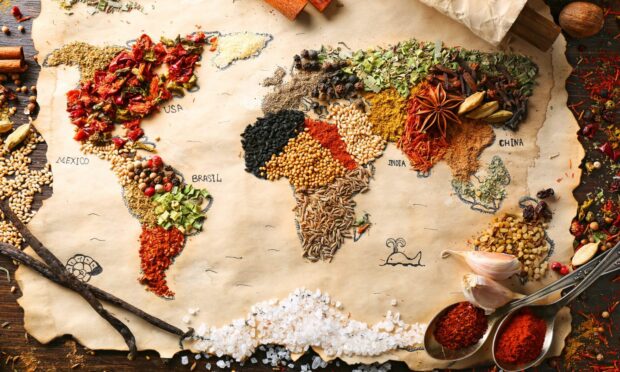
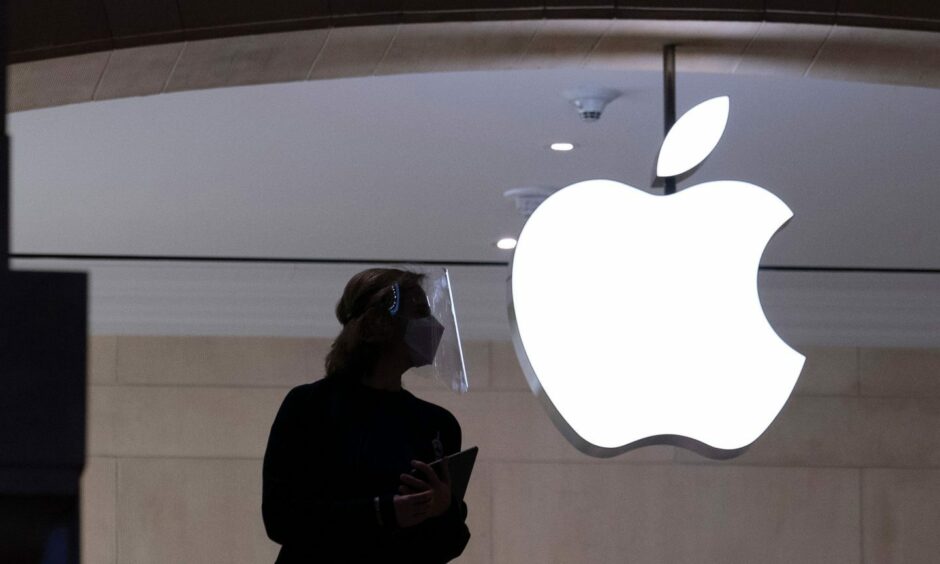
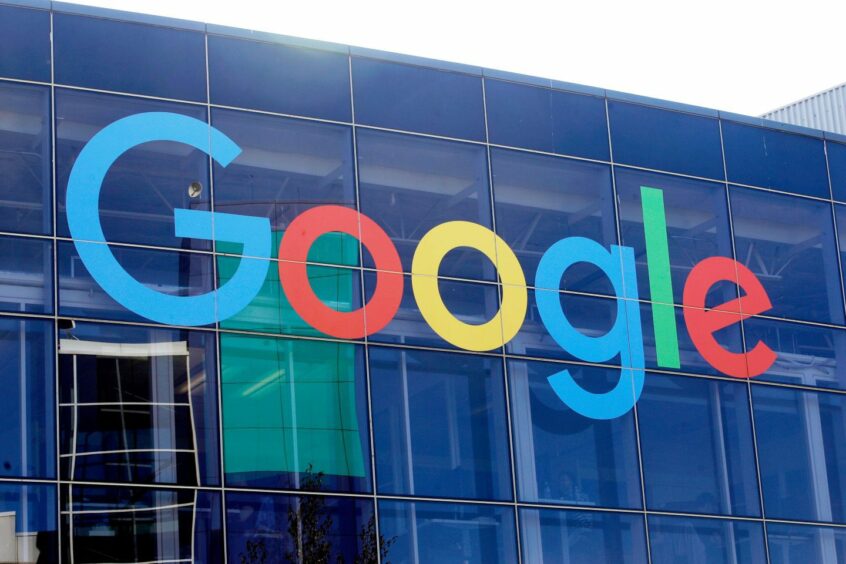
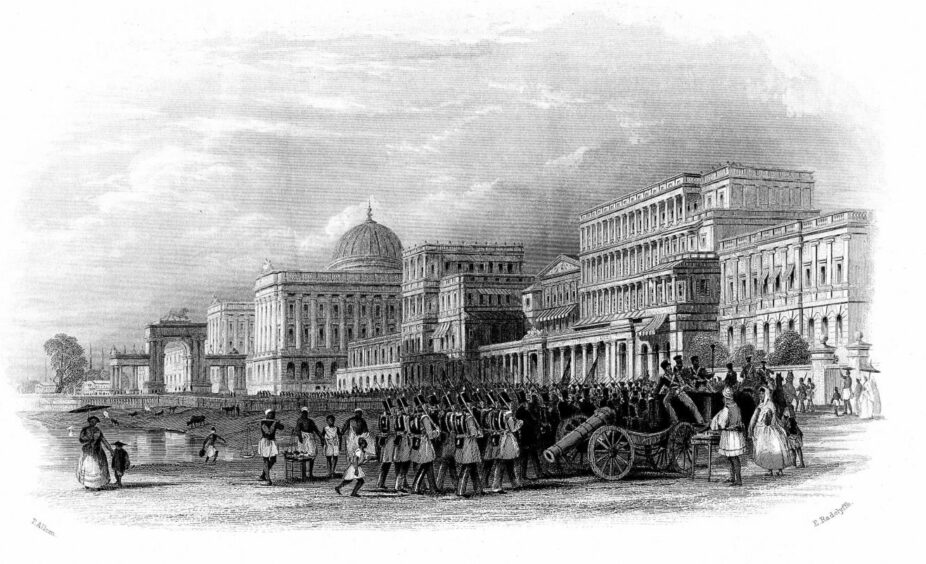

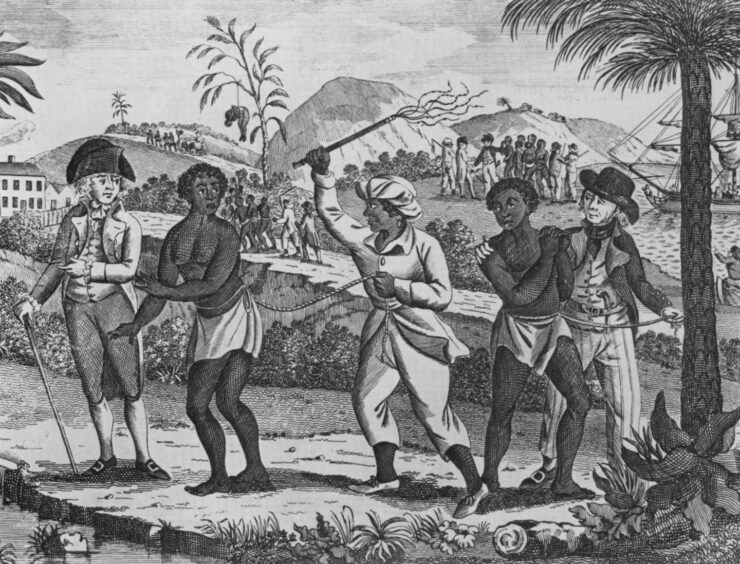
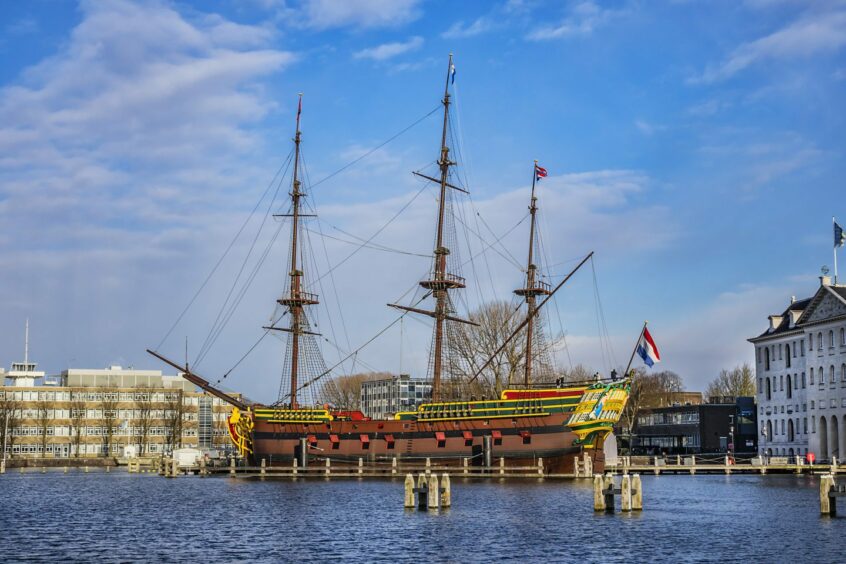
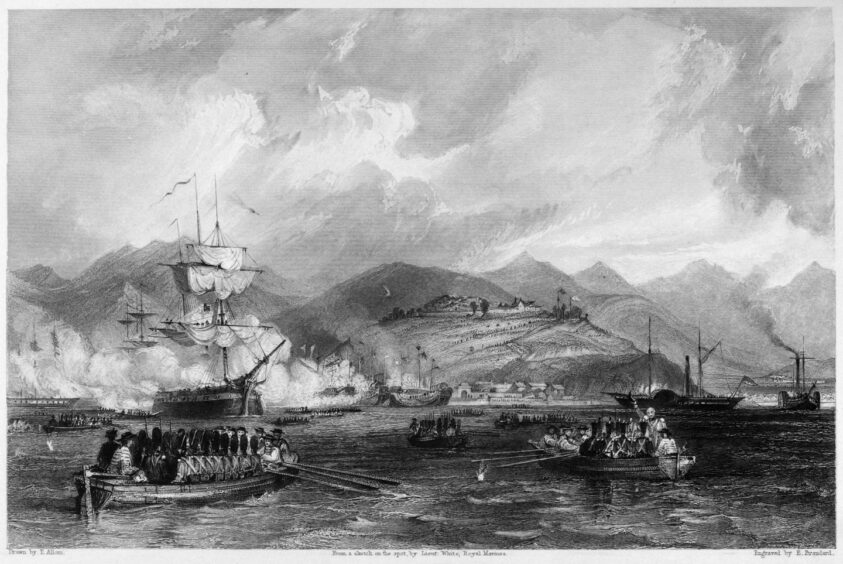










Conversation